Sustainability in the workplace means that we should be conscious of our impact on the environment and try to reduce the adverse effects of our actions. A sustainable workplace strives to use resources not to impact the environment or employees' health.
Click here to view our Sustainability Policy and Environmental Policy
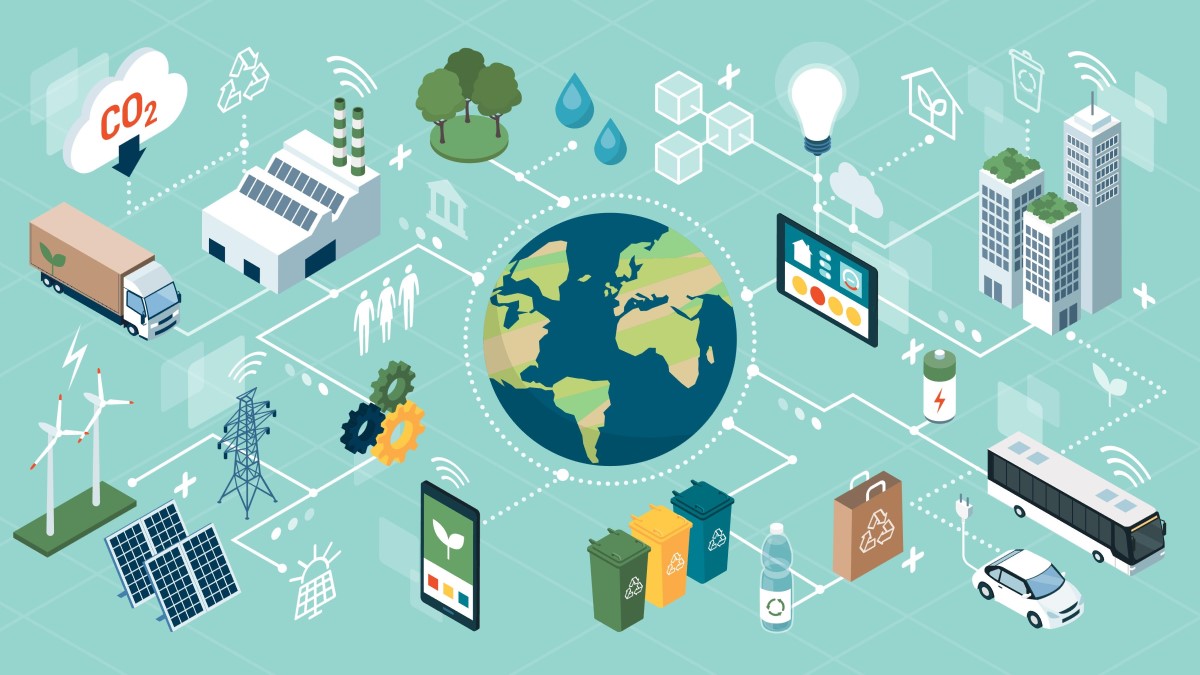
Humanity's demand exceeds our planet's capacity

We need 1.5 Earths to meet the demands we currently make on our planet. Your support will help us take bold action now to build a fair, prosperous, sustainable future.
Humanity’s well-being and prosperity – indeed, our very existence – depends on healthy ecosystems and the services they supply: clean water, a liveable climate, food, fuel and fertile soils. The challenge of providing everyone with the food, water and energy they need is already a daunting prospect, and the human population is projected to swell to over 9 billion by 2050.
Protecting nature and using its resources responsibly are prerequisites for human development and well-being, and for building resilient, healthy communities.
 We cut trees faster than they mature, harvest more fish than the ocean can replenish, and emit more carbon into the atmosphere than forests and the ocean can absorb. In 2014, we used more natural resources in eight months than the planet can produce in 12 months. For the remainder of the year, we borrowed resources from future generations.
We cut trees faster than they mature, harvest more fish than the ocean can replenish, and emit more carbon into the atmosphere than forests and the ocean can absorb. In 2014, we used more natural resources in eight months than the planet can produce in 12 months. For the remainder of the year, we borrowed resources from future generations.
When we overburden one resource, the effects are felt elsewhere. Consider the links between food, water and energy security. Their interdependence means that efforts to secure one aspect can destabilize others – attempts to boost agricultural productivity, for example, may lead to increased demands for water and energy inputs, and impact biodiversity and ecosystem services.
It’s a cycle: The way we meet our needs affects the health of ecosystems, and the health of ecosystems affects our ability to meet these needs. This is equally relevant for the poorest rural communities – who often rely directly on nature for their livelihoods – as for the world’s great cities, which are increasingly vulnerable to threats such as flooding and pollution as a result of environmental degradation.
The Connection Between Environment, Conflict and Security
There are two directions the connection between conflict and the environment can take that influence security. The degradation of the environment can cause conflict and a reduction in security; or conflict can destroy the resources and services provided by the environment, which also compromises security.
Conflict influences the environment by direct damage as well as by disruption of productivity and responsible environmental and resource practices. Conversely, poor environmental and resource practices can increase vulnerability and the risk of conflict. In either case, the most severe expression of conflict is war.
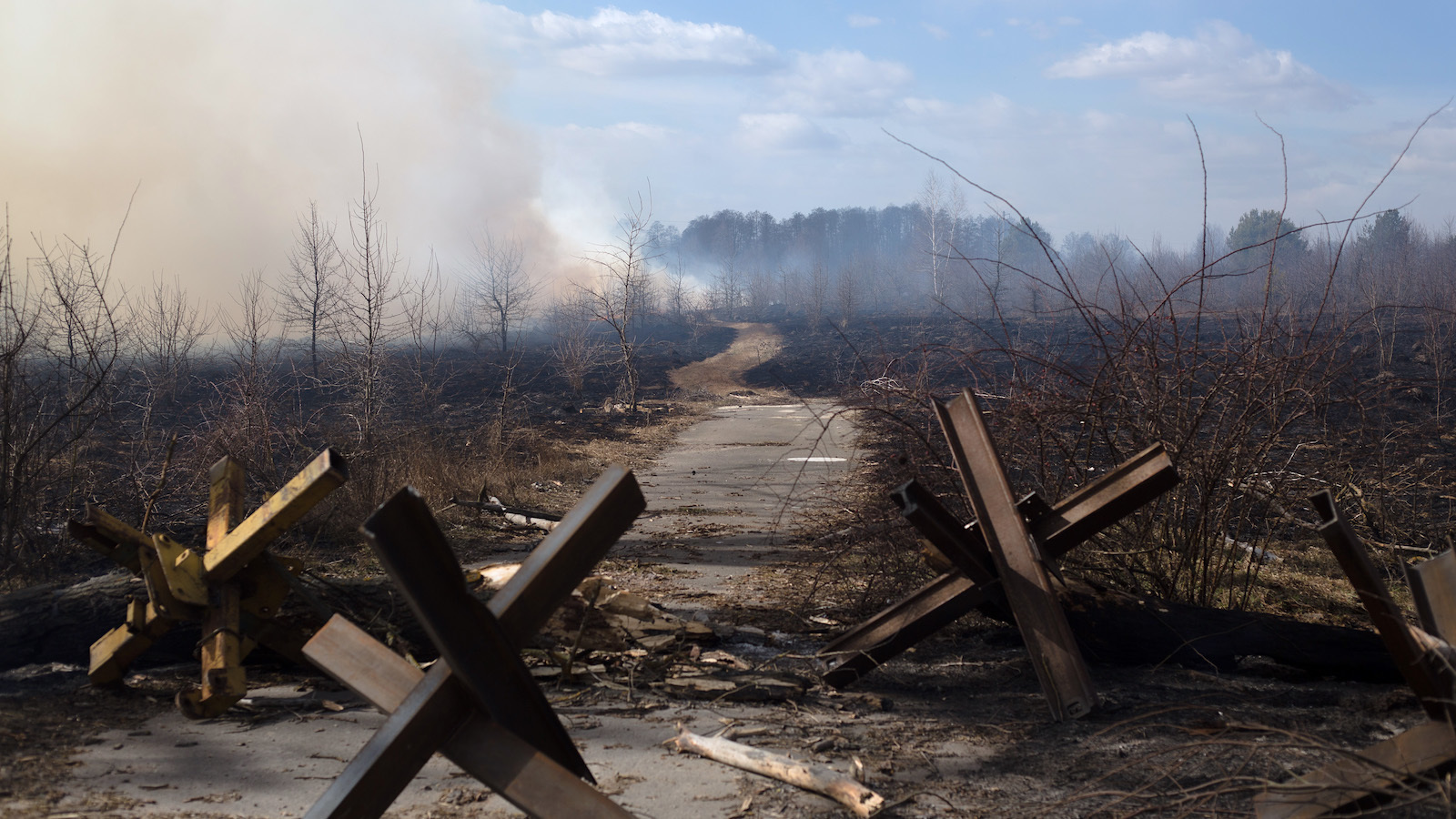
Recent wars give a clearer view of the destructive power humanity has over the natural world. Modern warfare has only increased its destructive capability, culminating with biological and nuclear weapons.
These weapons and tactics are a direct and indirect threat to civilian populations. Weapons of mass destruction (WMDs) by definition have expanded the area of collateral damage, increasing the destruction of the environment, resources and institutions that civilian populations depend upon for daily survival.
Technology allows conflict by remote control. This removes immediate feedback on both the humanitarian and environmental damage. The horrors of conflict begin to appear more and more abstract and isolated from commonly accepted social mores or inhibitions.
Despite international prohibitions, defoliant spraying, poisonous gas, drones, carpet bombing and firebombing are only a few of the tactics used in recent wars. Their proliferation and use is an immediate and long-term threat to civilian populations.
Conflict may utilize strategic political and economic means. Resources, financing and trade may be manipulated for strategic advantage. An ally may be granted special privilege. Tariffs and embargos of a strategically vital resource can strangle the productive capacity, adaptability and resilience of an enemy. The environment has been weaponized, militarily and politically.
The destructive potential of modern conflict now expands well beyond the immediate areas of conflict. The consequences now spill over borders and involve parties with no direct “skin in the game.” Globalization and trade have formed partnerships where even a minor conflict in a small area can involve more powerful players and lead to far greater regional destabilization.

By the 1960s, conflict scholars and Departments of Defense began assessing the risk of a quick death by nuclear holocaust as well as the slow, but inexorable death from pollution, population dynamics, and disruption of critical planetary systems like global warming and subsequent climate change.
By the 1980s, and the Chernobyl disaster, Soviet Premier Gorbachev called on the world to rise above Cold War thinking. He argued that the risks of planetary environmental damage posed a threat just as serious as nuclear holocaust.
In 1987, the World Commission on Environment and Development (WCED) recognized the need to consider “Our Common Future” on a finite planet. This resulted in the most widely accepted definition of sustainable development by the commission’s chair, Gro Brundtland:
“Sustainable development is development that meets the needs of the present without compromising the ability of future generations to meet their own needs.”
In the 1990s, a few scholarly studies began to consider the opposite of conflict impact on the environment. Their research focused on the impact of environmental degradation in creating conflict.
Environmental degradation and disruption began to be recognized as a significant cause or magnifier of conflict and breaches in security, including:
- Soil Erosion
- Water scarcity
- Overfishing
- Deforestation
- Pollution (air, water, land)
- Resource depletion (Natural Capital)
- Species Diversity (6th Mass Extinction)
Disruption and scarcity are not the only motives for conflict. Resource-rich regions may not have the capacity to develop their resources. Opportunistic nations with wealth and technology often take unfair advantage. Wealthy entities may make deals with those in power with little concern for the equitable distribution of the profits resulting from resource development. Consequently, many developing nations have only become rich at the top from foreign investment, while the average citizen reaps little or no gains.
When environmental crises such as floods, droughts or catastrophic weather events occur, people will seek help from their leadership. Those who have profited the most from foreign investment may not be willing to open their coffers for assistance. Motivation for this failure to provide assistance may be territorial, economic, political, tribal, religious, ethnic or any combination. Historically, the predictable result is civil strife and conflict. Syria is only one example-taking place around the world today.
Puerto Rico is a U.S. territory. The inhabitants are U.S. citizens, though they cannot vote and only have limited representation in the nation’s capital. [In 2017] the island first suffered a glancing blow by Hurrican Irma, a destructive Category 5 storm. Irma left over 1 million people without power. Vital infrastructure was severely damaged. Before there was time to recover, hurricane Maria plowed right over the top of the island. Puerto Rico was demolished.
Maria is regarded as the worst natural disaster on record for the Virgin Islands, Dominica and Puerto Rico. All of the power, schools, medical facilities, and infrastructure were destroyed. There were 3.4 million thrown into a desperate humanitarian crisis.
The Syrian Civil War and Puerto Rico have more in common than would first meet the eye. Poverty, desperation and grim prospects for the future have collapsed the trust between the government and the governed.
In the last 11,500 years, every civilization in history has risen and fallen. The collapse of civilizations often follows a recognizable pattern. Leaders become lords. Lords become Emperors. Emperors become gods. The elite begin to feel blessed, entitled and superior. Instead of the leadership serving the nation, the nation serves an insatiable, often hereditary, elite class.
It is easy for those with less education, or who live in relative poverty, to appear less capable than the more privileged class. The privileged become isolated, protected and less and less aware of the needs of the governed or the resources and services provided by the environment on the backs of the workers. The gap widens. The priorities of the privileged class begin to overtake the basic needs of the laboring class. The general population may not be given affordable access to adequate health care, food and shelter. Lack of access is usually due to economic factors. The economic split begins to widen in favor of those who already have the most.
Today, eight men have more wealth than 50 percent of the world’s population.
A “failed state” occurs when the basic needs of the populace are no longer met. Collapse occurs when the state can no longer recover security; or a just and egalitarian distribution of prosperity.
A corporate mentality dominates. Stewardship gives way to the quarterly profit report. This perspective views natural resources as untapped, economic opportunity. Corporations and the rich are insulated by their wealth. Those living in the bubble of privilege are increasingly unaware that the degradation of the natural environment threatens the security of everyone. This is a false sense of security. The protection of wealth is limited. Throughout recorded history, the connection between the environment and security has brought down even the most powerful.


Climate change is creating complex risks for societies, with globalisation increasing dependencies and interconnectedness between nations. This POSTnote sets out the potential security implications of climate change, arising from both its impacts on human systems and the ‘transition risks’ from climate change mitigation measures. It also describes the tools and approaches that could be used to manage the risks and opportunities arising.
The Parliamentary Office of Science and Technology (POST) produces impartial, non-partisan, and peer-reviewed briefings, designed to make scientific research accessible to the UK Parliament.

Climate Change: Your carbon footprint explained - BBC News
Environment and Sustainability Awareness Quiz
Environmental awareness means understanding your responsibilities so that you can work safely and use processes that have a positive effect on the world around us. Making the workplace greener is becoming more and more essential for all companies as they strive to reduce their carbon footprint, reduce costs and take care of our land, rivers and seas. Try our environmental awareness quiz now and test yourself!

Charity Work
Leisuresec has taken our interest and ethical responsibility towards the environment further, by becoming a member of the Warwickshire Wildlife Trust, Leisuresec is committed to making regular donations and promoting the charity.
Warwickshire Wildlife Trust is the leading local independent conservation organisation. Their mission is to bring people closer to nature and create a land rich in wildlife.

The UK is one of the most nature depleted countries on earth. They aim to bring about nature’s recovery in the local area. There are many benefits of creating Living Landscapes including:
- Abundant wildlife in towns, cities and rural areas
- Good for our wellbeing
- Wildlife can move
- Natural flood management
- Better air quality and reduced climate change
You can look at the positive impact the trust is having by visiting their website.
Leisuresec has also taken an interest, through donations and promoting awareness of other charities including Midlands Air Ambulance and Centre Point. Feel free to visit their websites to see the vital services they provide.
It’s not just us as a company that are doing our part, many of our employees have been making social and ethical impacts with their charity work.
Mark
I’ve been supporting The British Legion, for many years. My grandparents were heavily involved in the charity, and from working in security I have seen how badly soldiers suffer when they return home. I also support the Midlands Air Ambulance, they are an excellent charity that I have worked with through my job at Leisuresec. I also participate in a yearly Christmas Charity Rideout, where we donate toys to the Birmingham Children's hospital.
Shannon
I support a few different charities including WWF, whose work has such a large impact on the world, helping fight against climate crisis, animal extinction and the destruction of nature. I am also passionate about Dogs Trust and the Guide Dogs; growing up we had a Guide Dog Breeding Dog, who not only birthed new Guide Dog puppies but also was a loved member of our family.
Lijun
I have been donating toiletries/washing stuff and clothes/shoes to those in Ukraine and try to donate to other local charities when possible.
18 Sustainable Business Practices for Your Workplace and Office
1. SWITCH ALL LIGHTING TO LEDS, ONE OF THE EASIEST SUSTAINABLE BUSINESS PRACTICES
LED lights are by far the most efficient type of lighting on the market, using 75% less energy and lasting 25 times longer than incandescent bulbs. Making this switch will save your office a significant amount of money on utility bills and maintenance costs, and is very easy to implement the next time your current bulbs need replacing.

2. IMPLEMENT A COMPREHENSIVE RECYCLING PROGRAM
While your office is likely recycling its paper and plastics, you can take recycling to the next level by expanding your program to include glass and metals. If your local municipality doesn’t have recycling streams for glass and metals, reach out to waste management companies. These companies often will weigh your recycling before taking it to facilities, making it easy to track and report to stakeholders the amount of waste you’re diverting from landfills.
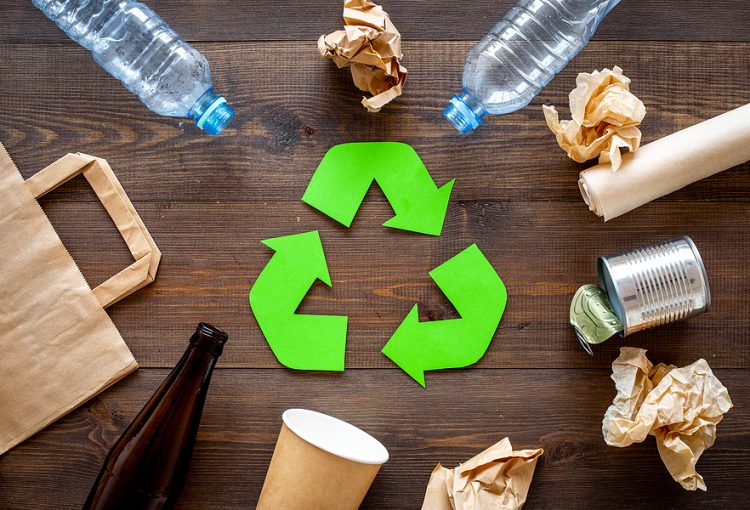
3. USE NO-VOC INTERIOR PAINTS
Commonly found in many paints and other home maintenance products, VOCs are persistent chemical compounds that evaporate into the air. When airborne VOCs are inhaled, they can cause irritation, headache and more serious side effects on the liver, kidney and central nervous system. And since most VOCs are odorless, their threat goes unnoticed.
Go with no-VOC paints to protect employee health and limit airborne pollution. Smog Armor is a company that specializes in no-VOC paints, making them a great choice for your office’s new healthy coat of paint.

4. ALLOW FLEXIBLE WORK-FROM-HOME OPTIONS
Allowing employees to work from home – even if it’s one day a week – can result in major decreases in your employee’s commute emissions. Also, most businesses have found through the COVID-19 pandemic that many employees want a flexible work schedule, meaning this is sure to be a popular move.

5. ELIMINATE PAPER USE
In today’s digital age, how much office paper use is actually necessary? The vast majority of documents can be sent via email or kept in company databases, making transitioning to paperless an easy way to save print-related costs and slow deforestation.
That being said, most offices still rely on some degree of paper use for invoices, agendas, and other important documents. When paper use is necessary, choose paper products with recycled content rather than virgin paper to decrease your company’s environmental footprint. Recycled options are common and aren’t prohibitively costly.
6. ACHIEVE SUSTAINABLE BUSINESS PRACTICES THROUGH ZERO WASTE BREAK ROOMS
Traditional offices generate a lot of waste in their break rooms. This is a drain on resources and can leave your employees feeling like they aren’t doing their part for the environment. Zero waste break rooms can be achieved by:
- Offering reusable mugs and cups instead of disposables,
- Implementing a composting program for food scraps,
- Replacing plastic cutlery and stir-sticks with biodegradable options (wooden, bio-plastics, etc.)
- If your office uses coffee pods, choose biodegradable pods such as those from Grind.
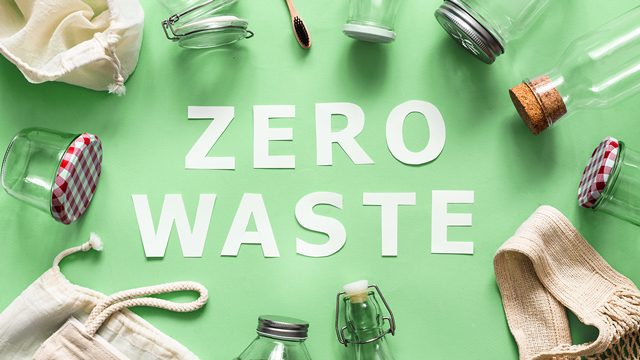
7. INSTALL WATER-SAVING FIXTURES
Limiting your office’s water use is another area where cost-savings and sustainability go hand-in-hand. You can conserve water in the office by installing WaterSense faucets and toilets in bathrooms and rain-sensing sprinkler systems in the green space outside your office. Making this change requires some investment, but payback time is short – and will become even shorter as water scarcity causes the cost of water to increase.

8. CONSIDER RENEWABLE ENERGY
One of the most ambitious sustainable business practices is investing in renewable energy. Using renewable energy can significantly lower your company’s carbon footprint, depending on the dominant power source in your region.
However, investing in renewable energy such as solar, wind or geothermal can come with a steep price tag and these technologies aren’t effective in every region. That being said, with government incentive programs offered across North America and the ability to sell excess energy back to power grids, the payback on this investment is often much shorter than expected.
An alternative to investing in renewable energy at your office is buying Renewable Energy Certificates (RECs) from your local energy provider. These RECs prove that your business is fueled by clean power from the grid while allowing you to avoid the investment in money and time that do-it-yourself green power requires. Part of the purchase price from your RECs goes toward building more renewable energy infrastructure in your region, meaning this move contributes to the sustainable future humanity needs.
%20(2).jpg)
9. RECYCLE OR DONATE YOUR OFFICE E-WASTE
You’ve probably noticed how quickly devices become obsolete in today’s fast-paced business environment. And the vast majority of these devices are either left in drawers and forgotten, or are tossed in the trash. This is bad for the environment – as these devices contain toxic (as well as valuable) precious metals – and for inequality – given the fact that many people around the globe don’t have the ability to buy modern tech.
If your obsolete gadgets are fairly new and in working condition, donating them is the best option. World Computer Exchange will take your old computers and tablets, refurbish them, and provide them to people in developing countries that need them. For devices like phones, printers, or computers that the World Computer Exchange won’t accept, donate them to your local thrift store to give them a second life.
For devices that are no longer usable, recycle them instead of putting them in the garbage. There are electronics recycling programs across the UK. A quick Google search will point to a facility near you.
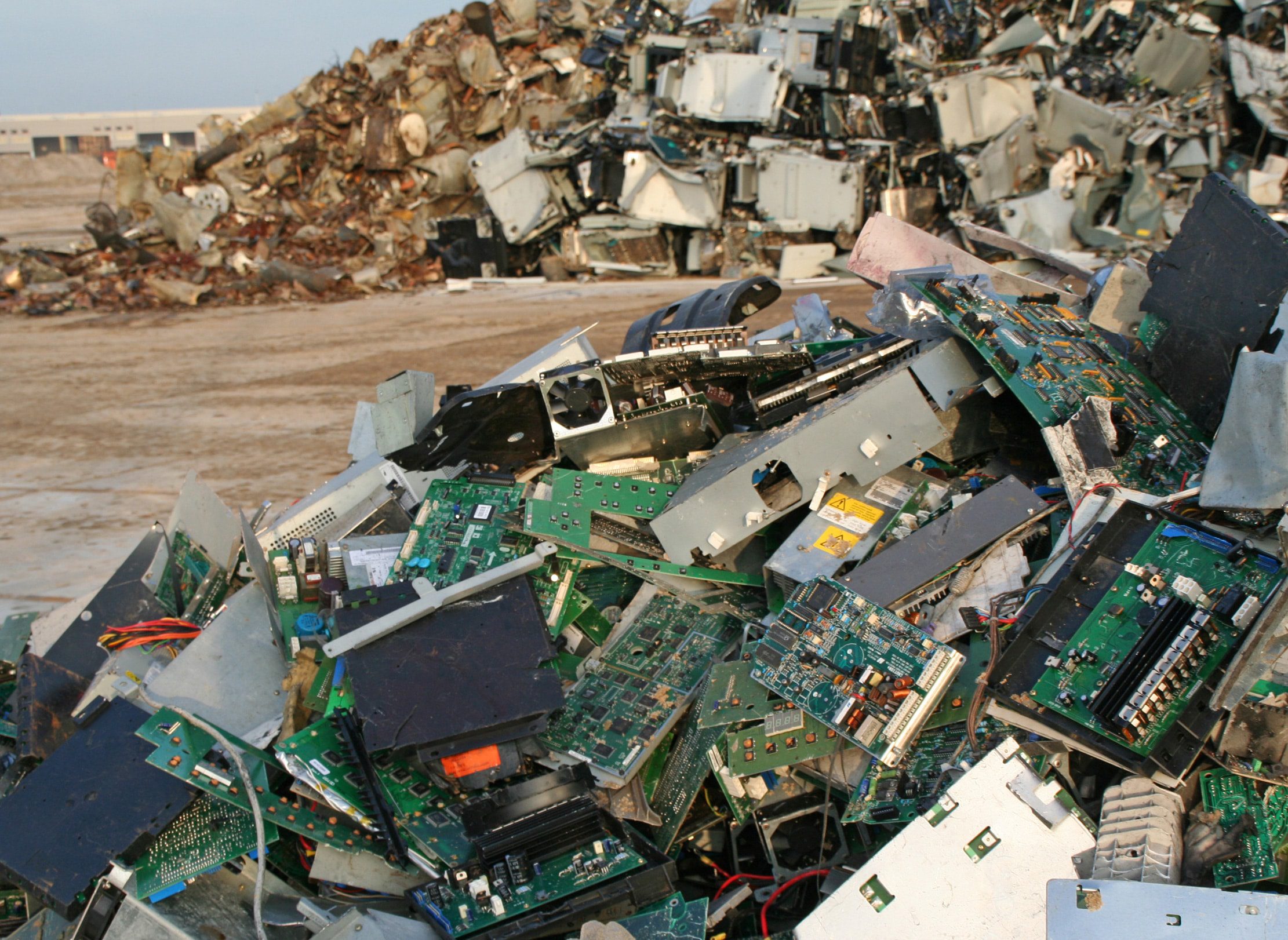
10. REPLACE UNNECESSARY BUSINESS TRIPS WITH VIDEO CALLS
While surely everyone in your office is eager to travel as COVID-19 restrictions ease, it has become evident in the pandemic that much of the business travel we used to deem essential really isn’t. With the rising popularity of video calling and virtual conferences, many meetings, trade shows, and similar events can be done virtually from the office. Unnecessary business trips are a major drain on company resources, employee time, and are one of the biggest contributors to a company’s carbon footprint. Save these costs and emissions by instituting an “essential travel only” policy at your workplace.
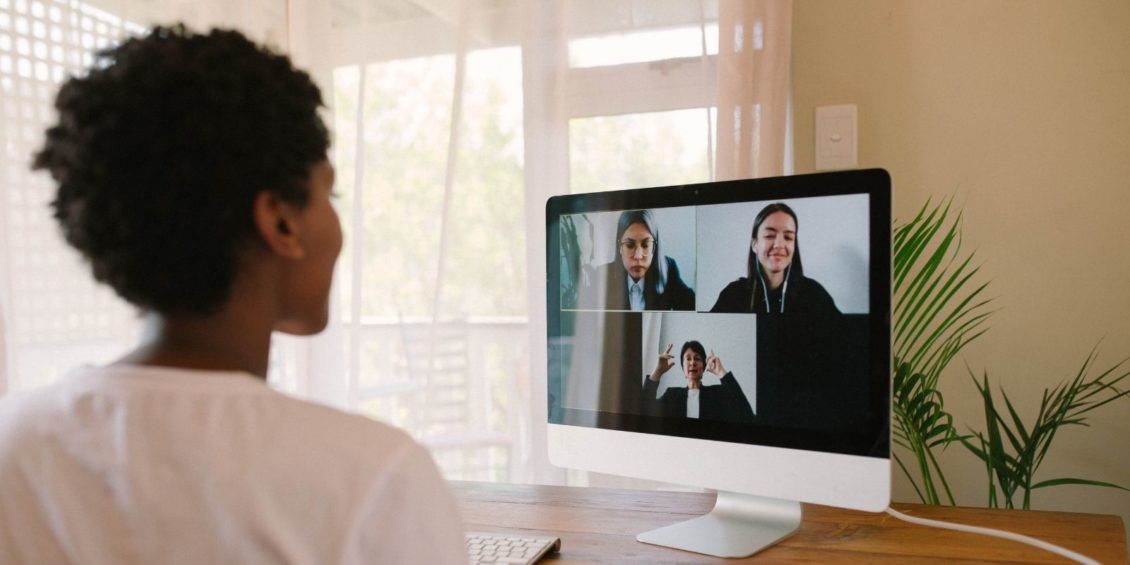
11. INSTALL MOTION-SENSORS FOR OFFICE LIGHTING
Walk through any office building today and you’ll likely notice a large number of rooms with lights on but nobody in them. Wasting energy like this hurts your company’s pocketbook and the environment. Install motion-sensors in your offices to limit energy usage and save money.
For the simplest and cheapest (albeit not always effective) way to conserve energy from lighting, simply post signs next to light switches reminding employees to shut the lights off when they leave a room. Being mindful of energy use habits is the simplest of all sustainable business practices, and often, a little nudge in the right direction is all that’s needed.

12. INSTILL SUSTAINABLE BUSINESS PRACTICES IN EMPLOYEES BY ENCOURAGING GREENER COMMUTE OPTIONS
Arrange an employee carpool program. To those who are interested, offer a survey for them to fill out and gather the necessary information (the area they live in, when they leave for work, when they like to go home at the end of day, etc.). With this information, help match employees together.
To encourage the use of active transport (biking, walking, etc.) and public transit, send information emails to employees about how much money is used commuting to work in a car and the health benefits of choosing more active options. Posting information on what transit options are available in the area can also help encourage employees to choose sustainable transport options.

13. ELIMINATE PHANTOM POWER WITH PROGRAMMABLE POWER STRIPS
Phantom power is energy that’s consumed when devices are left on or in stand-by mode when they’re not in use. It can significantly boost your office’s power bill and carbon footprint. Collectively the UK could save £4bn from identifying their Phantom Load.
An effective way to put an end to phantom power use in your office is by investing in programmable power strips that automatically stop supplying devices with power in non-working hours or when employees are on vacation.
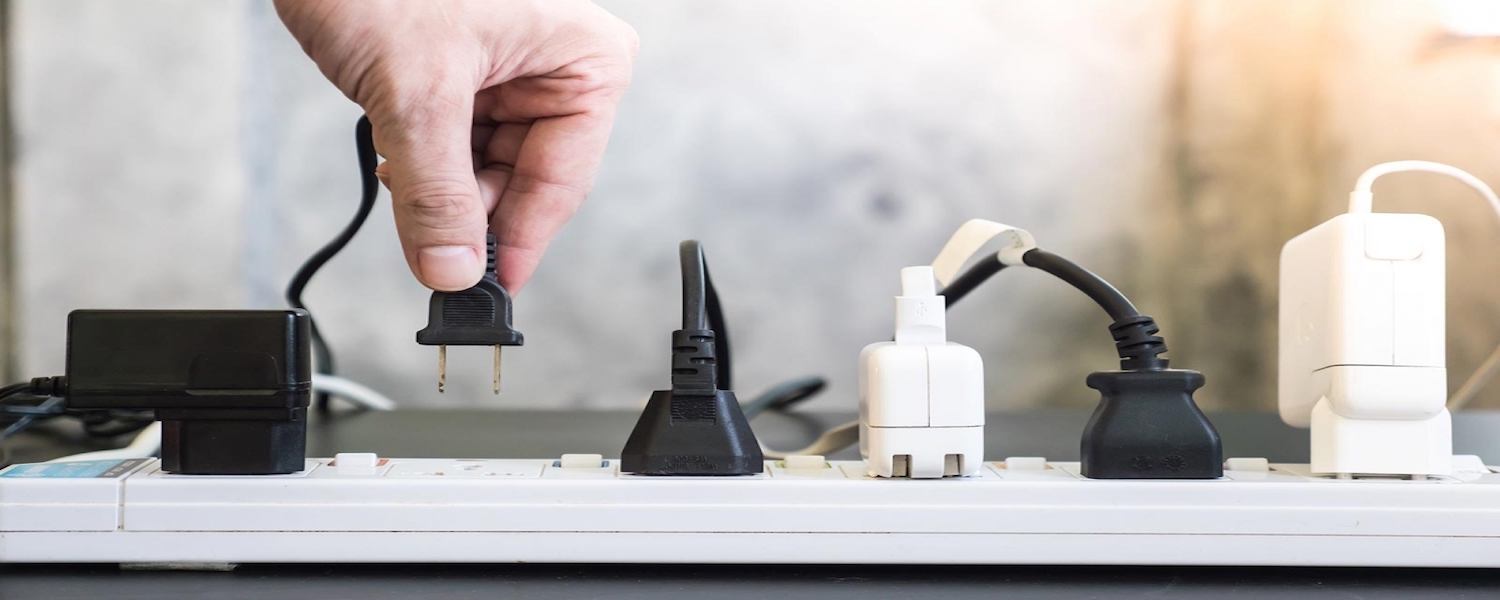
14. BUY REMANUFACTURED INK AND TONER CARTRIDGES
Buying new ink and toner cartridges and throwing them out when they run out of fluid contributes a massive amount of waste to landfills and is expensive for your company. Choosing remanufactured cartridges can result in a cost-saving of 15-50% per order. Some companies will even pick up your used cartridges and deliver remanufactured ones for free, making this sustainable switch easy as can be.

15. APPLY WINDOW FILM TO BLOCK-OUT HEAT IN THE SUMMER
Heat-blocking window film is a technology that can significantly lower the amount of energy your office uses for air conditioning in the summer months. This thin, transparent film uses metallic atoms to reflect heat from the sun, preventing it from heating your office. Being completely transparent, it has no effect on natural light or aesthetics. Window film is also cheap and easy to apply, making this green practice a no-brainer.

16. USE NON-TOXIC CLEANING PRODUCTS
Encouraging your cleaning company to use green cleaning products can increase the health and wellbeing of your employees as well as prevent toxic substances from getting into the environment, while barely affecting costs. If your current company doesn’t offer non-toxic cleaning options, it may be time to make a switch to one of the many companies that do.

17. INTRODUCE PLANTS INTO YOUR OFFICE SPACE (SUSTAINABLE BUSINESS PRACTICES CAN BE AESTHETICALLY PLEASING TOO!)
Having plants in the office has been proven to decrease air pollution and increase the mood and productivity of employees. Thus, this is a cheap and easy practice that can improve employees’ long-term commitment and output.

18. BUY SECOND-HAND OFFICE EQUIPMENT WHEN POSSIBLE
Buying second-hand equipment decreases waste going to landfill, makes producing new equipment unnecessary, and can save your business a lot of money simultaneously. This is not always possible for products that degrade quickly or become obsolete like computers – but for generic, durable equipment like desks and cabinets, opt for second-hand.




